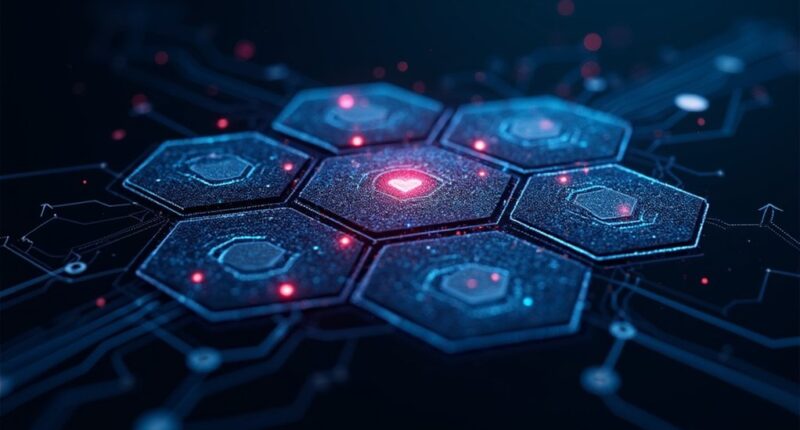The digital battlefield has changed forever. AI isn’t just a buzzword anymore—it’s the weapon reshaping cybersecurity threats at an alarming pace. And honestly? Most defenders aren’t ready for what’s coming. Google DeepMind saw this problem and decided to actually do something about it.
Their new framework cuts through the noise. It identifies the weak spots in adversarial AI systems, analyzing over 12,000 AI-assisted cyberattack attempts from more than 20 countries. Pretty extensive stuff. The old methods weren’t cutting it—too random, too focused on obvious threats like automation. Meanwhile, the really dangerous stuff slipped through the cracks.
Traditional frameworks missed vital attack phases: evasion, detection avoidance, obfuscation. DeepMind’s approach is different. They mapped out 50 specific challenges within the attack chain, pinpointing exactly where human ingenuity used to be required. These are the bottlenecks AI could potentially blast wide open for attackers. This methodology aligns with ENISA’s approach that addresses the entire AI supply chain, including actors, processes, and technologies.
The beauty is in the structure. This isn’t just another vague warning about AI doom. It’s practical, actionable intelligence that fits into existing cybersecurity frameworks. Defenders can now prioritize resources where they’ll actually make a difference. Novel concept, right?
Of course, no single framework will save us. The threat environment evolves daily. But at least now there’s a roadmap.
DeepMind’s emphasis on “security by design” makes sense. Build it secure from the start, not as an afterthought. The multi-layered approach combining both generative and discriminative AI models for threat detection shows promise. Zero-trust architecture isn’t negotiable anymore—it’s essential. Using tactical intelligence helps security teams understand technical details needed to counter sophisticated attacks.
Will this framework solve everything? No chance. But it’s a hell of a lot better than what we had before. The cybersecurity community needs to collaborate, adapt, and overcome. Because let’s face it—the attackers certainly will. AI isn’t waiting for anyone to catch up. The framework categorizes threats into seven archetypal attacks that focus on critical bottlenecks in the cyberattack chain.







